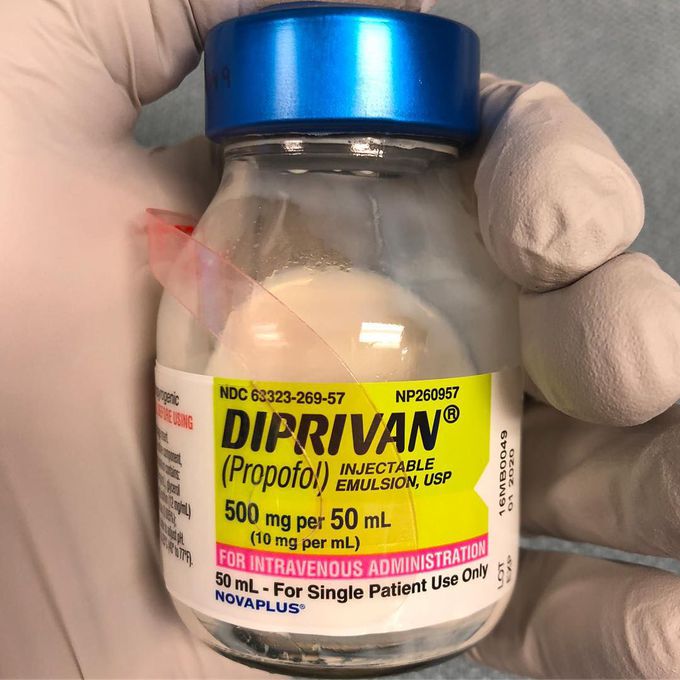


Milk of Amnesia
Propofol (Diprivan) is perhaps the most well known intravenous hypnotic used in perioperative and intensive care medicine. This "milk of amnesia" is prepared in a lecithin-based (purified egg yolk) emulsion. Similar to many other IV anesthetics, propofol potentiates GABA, one of the primary inhibitory neurotransmitters in the central nervous system, to hyperpolarize post-synaptic neurons. Its perfusion-dependent hepatic metabolism and favorable context-sensitive half-time make propofol infusions a wonderful option in a myriad of contexts. 💉☺️ . As an intensivist, I most commonly use propofol (in combination with agents like fentanyl and dexmedetomidine) to provide sedation for patients on mechanical ventilation. I also use it for bedside procedures like dressing changes on patients who sustained large area burns. 👨🏽⚕️ . As an anesthesiologist, propofol is the staple for nearly all of my general anesthetic inductions, the backbone of my total intravenous anesthesia (TIVA) cases, a great option for monitored anesthesia care (MAC) cases (remi-fol, keto-fol), a rescue antiemetic in the PACU, an anticonvulsant, a form of neuroprotection (ie, prior to deep hypothermic circulatory arrest), a way to quickly deepen an anesthetic prior to intense stimuli (ie, Mayfield skull pins), and in my opinion, a very "predictable" medication. 😷 . Although it's a myocardial depressant, decreases afterload, and can create myoclonic movements, propofol's most concerning side effect is PRIS - propofol infusion syndrome. This rare presentation is characterized by muscle breakdown, metabolic acidosis, kidney failure, high triglycerides, and heart failure. It's seen more often with high dose, long duration infusions. 🏥 . Because of its lipid emulsion, propofol actually has 1.1 kcal/cc (which can add up with high dose infusions!) Also, phenolic metabolites can manifest as green urine! 😱🤓 . Do you have a story behind use of it ??? Please tell me more 😀😁

